Visualise yourself having breakfast at home while browsing different properties available for sale on your computer screen. You have been saving money for a long time, and you are ready to make a big leap into homeownership. Then, a headline catches your eye: Reserve Bank of India has cut the repo rate by 25 basis points to 6.25%.
It is one of the first cuts in almost five years, and you're thinking perfect timing for cheaper loans, right? Well, hold that thought. This news might be a win for some, but new borrowers like you might not feel the full breeze of relief. Let's unpack the twist and see what is really in the store.
What is the Repo Rate, and Why Does It Matter?
The RBI's repo rate cut is a big deal—it's the rate at which banks borrow from the central bank, and when it dips, borrowing should get easier. For folks already paying off repo-linked home loans, it's like finding extra change in your couch cushions.
The interest rates have slid down, trimming monthly EMIs or chopping time off their loan. Take a Rs 50 lakh loan over 20 years at 8.5%, which is over 43,391 a month in EMI. If the drop happens to 8.25% with the cut, then you can save nearly Rs 800 with no effort required.
Existing Borrowers Win, New Borrowers Wait
Now, if you're just stepping up to the loan counter, don't expect the same warm hug. Banks aren't handing out the full 25 basis point discount to newbies. Instead, they're tweaking their spreads—the little buffer they tack onto the repo rate to set your interest. New borrowers will be seeing cuts of just 10 to 15 basis points. So, while the repo rate sits at 6.25%, your loan rate might hover at 8.35% instead of dipping to 8.25%. That's a monthly EMI of ₹42,876 instead of ₹42,603—not a huge gap, but it adds up over decades.
Why the stingy move? Banks maintain a tight grip on their profits in a defensive manner. The decline in repo rate reduces their funding expenses, but they choose not to pass the entire benefit to their customers. Financial institutions prevent their NIM levels (NIMs) from shrinking because these gaps determine the difference between loan earnings and deposit costs.
SBI's NIM, for instance, slipped to 3.01% in Q3 FY25 from 3.22% the year before. Widening spreads let them keep their balance sheets cosy while still dangling slightly lower rates to lure you in.
Here's a curveball, though: not every bank is stingy the same way. Public sector banks are rolling out the red carpet with sweeter deals. Central Bank of India and Union Bank of India kick off at 8.10%, SBI's at 8.25%. Compare that to private giants like Kotak Mahindra Bank (8.65%) or HDFC Bank (8.70%), and you see a split. It's like a showdown at the loan corral, and public banks are firing the first shots.
Conclusion
What's the bigger picture? The current borrowers who have taken loans are happy because they will receive continuous benefits automatically. New borrowers should examine the details before taking any loan. Research by SBI indicates that the RBI should maintain another 75 basis point decrease in interest rates through FY 2025-26. Current borrowers who secured their loans through repo rate-linked terms won, but new borrowers are unable to reap the same advantages the way existing borrowers do.
You are currently faced with what situation? The repo-linked loan owners can relax since they are benefiting from automatic savings. Potential homebuyers should avoid making hasty purchasing decisions since they should carefully search for competitive rates offered by public sector banks. This rise in repo rate pattern has only started heating up so borrowers who make a little effort at rate comparison will benefit from substantial savings. Suppose you need to pick your next step because the following thought applies: Does your selection bring the lowest charge possible, or could negotiating lead to superior terms?
Also Read: Banks Slash Home Loan Rates Following RBI Repo Rate Cut

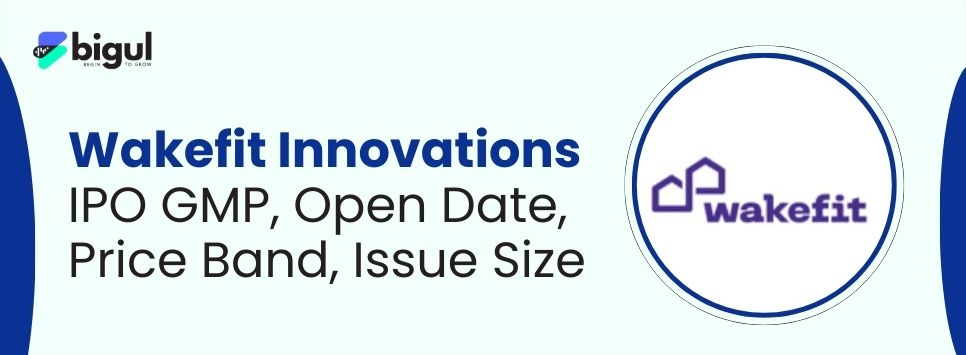
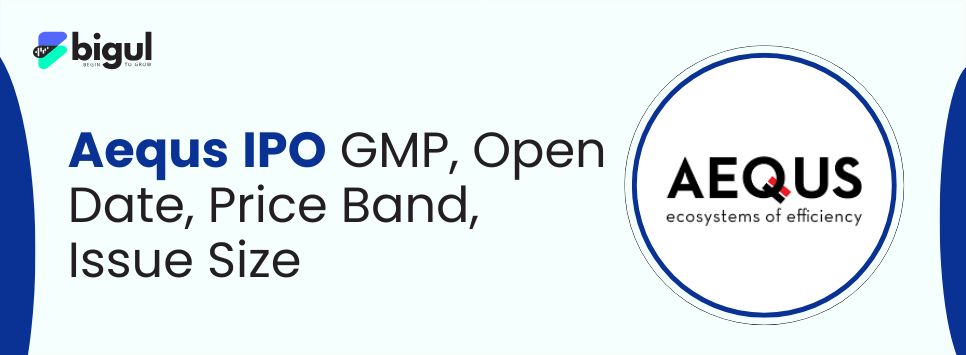
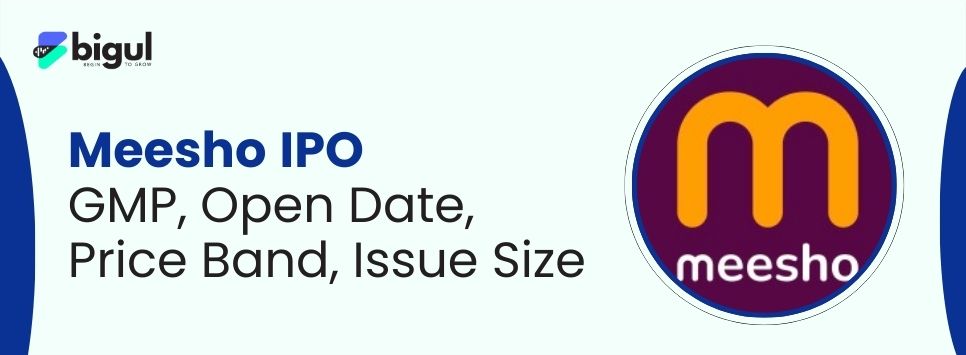
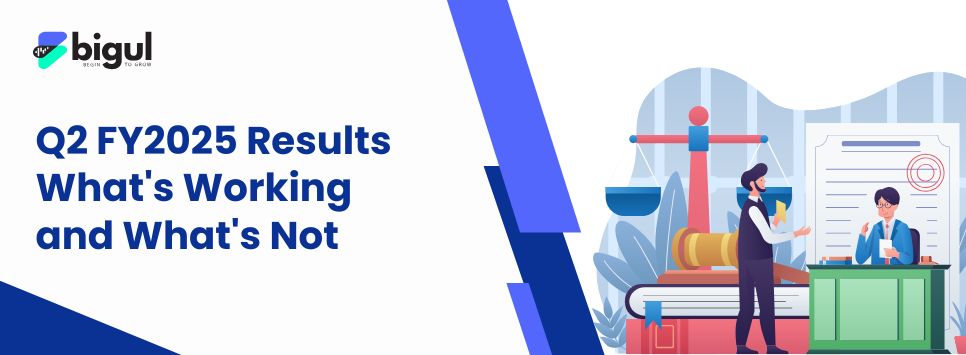
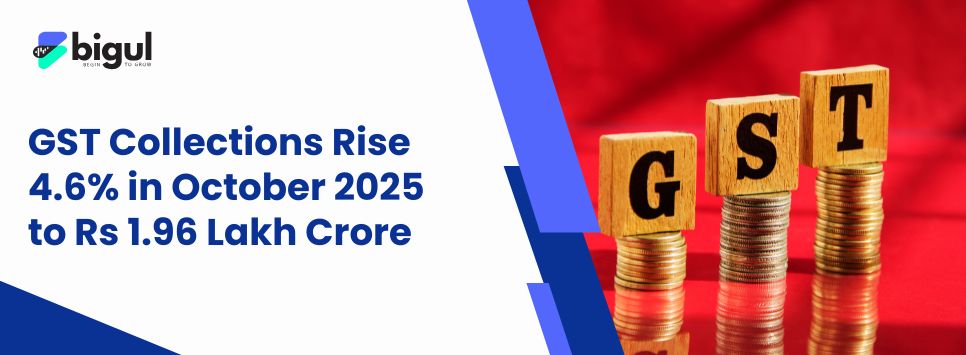

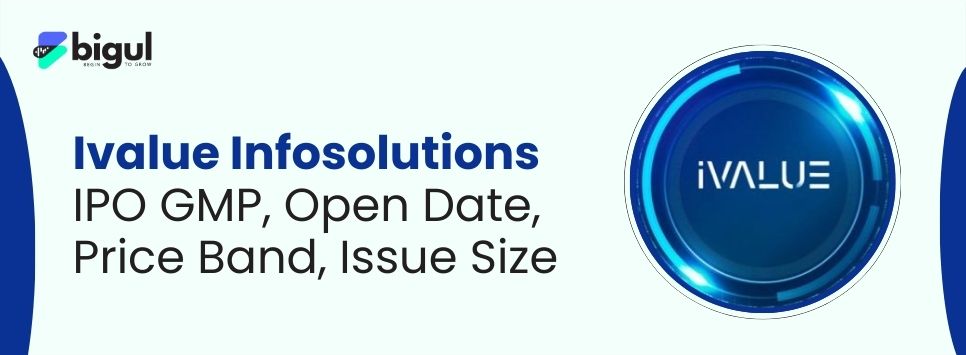

.jpg)
.jpg)
.jpg)